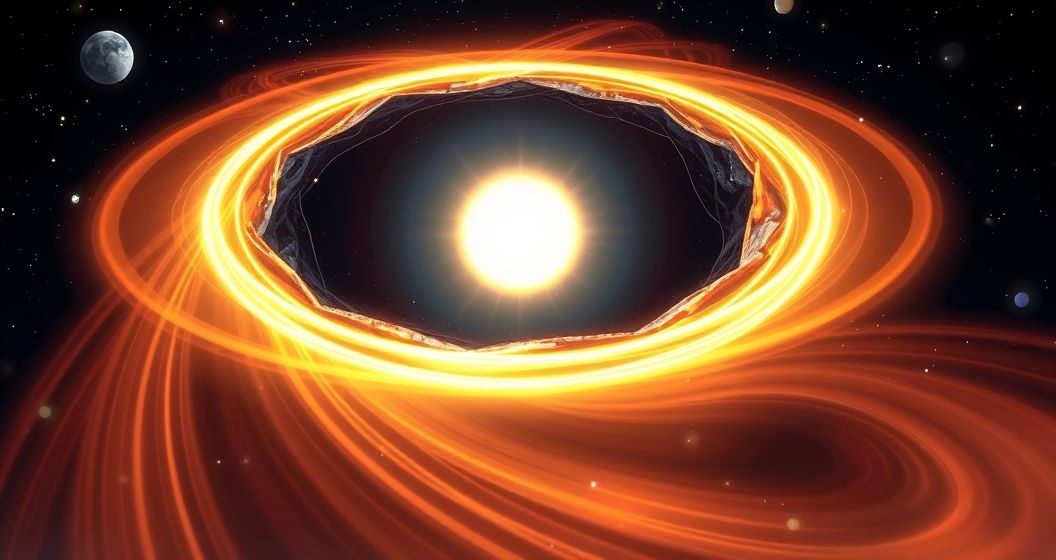Primordial Black Hole Neutrino: Unraveling the Mystery of the High-Energy Neutrino
For years, scientists have puzzled over the origin of exceptionally high-energy neutrinos detected from deep space. These elusive particles carry immense energy, hinting at cataclysmic events in the far reaches of the universe. While various sources have been proposed, none have fully explained the magnitude of these signals. A recent study, however, offers a compelling new hypothesis: the explosive death of a primordial black hole.
Primordial Black Holes: Tiny Titans of the Early Universe
Primordial black holes, unlike their stellar counterparts, are theorized to have formed in the chaotic aftermath of the Big Bang. These miniature black holes, potentially with masses ranging from grams to millions of solar masses, are predicted to exist but remain largely undetected. Their existence is supported by theoretical models and the possibility of their contribution to dark matter. According to Hawking radiation theory, these tiny black holes gradually lose mass through the emission of particles, ultimately leading to a dramatic final event.
The Explosive Finale: Hawking Radiation and Neutrino Emission
As a primordial black hole shrinks through Hawking radiation, its temperature increases dramatically. This process culminates in a powerful explosion, potentially releasing a significant burst of energy, including high-energy neutrinos. This explosive event, the final death throe of the primordial black hole, could explain the exceptionally high-energy neutrino signals observed by scientists. The intensity of the neutrino signal could be directly related to the mass of the primordial black hole at the moment of its explosion.
Connecting the Dots: Evidence and Further Research
The correlation between the characteristics of the detected high-energy neutrino and the theoretical predictions for a primordial black hole explosion provides intriguing evidence for this hypothesis. While more research is needed to confirm this groundbreaking theory, the possibility that these enigmatic particles originate from such a dramatic cosmic event opens up new avenues of investigation. Further studies will involve refining models of primordial black hole formation and decay, as well as improving the sensitivity of neutrino detectors to capture more data.
Implications and Future Directions
If confirmed, this discovery would have profound implications for our understanding of the early universe, primordial black holes, and the sources of high-energy neutrinos. It would provide crucial insights into the nature of dark matter and the processes that shaped the cosmos in its infancy. Furthermore, this research highlights the importance of continued advancements in neutrino detection technology. The ability to detect and analyze these elusive particles allows us to peer into the most energetic and extreme events in the universe, unveiling secrets hidden within the cosmic rays. The study of primordial black holes and their potential connection to high-energy neutrinos represents a fascinating frontier in astrophysics. The ongoing research promises to unveil further mysteries of the universe and potentially revolutionize our understanding of the cosmos’s most fundamental building blocks. The possibility that a tiny black hole’s final explosion could create such a powerful signal underlines the incredible power and complexity hidden within the seemingly empty expanse of space. The search for more such signals and further investigation into this fascinating area of research will be crucial in confirming or refuting this exciting new hypothesis.


